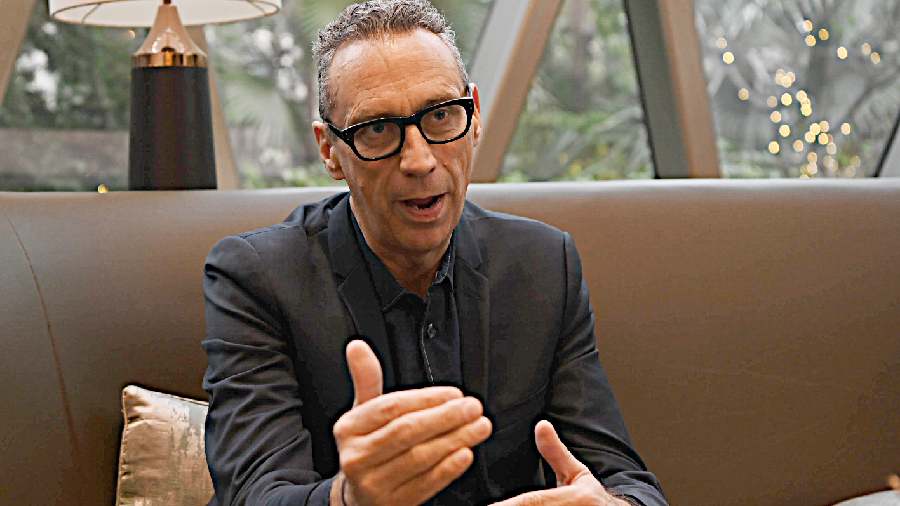What is it that keeps one brand ticking for a century while another bites the dust? How to deal with too many brands in one portfolio?
A global marketing expert will talk on many such things at Brand Conclave, organised by the CII, in association with The Telegraph.
David Taylor, the founder and group managing partner of the brandgym, a global team of brand-growth coaches, is the focal speaker at the 21st edition of the programme on Wednesday.
Taylor, who has been named among the world’s top 50 leading marketing thinkers by the UK-headquartered Chartered Institute of Marketing, will conduct a “marketing masterclass”.
Taylor, who has worked with companies such as Disney, Cadbury’s, Unilever, Vodafone, Blockbuster and Mars, spoke to The Telegraph on the eve of his show.
Excerpts (The italicised lines have been added by this newspaper for context):
Q: What is the life cycle of a brand? There are brands that have been around for 100 years. How does a company with heritage brands revitalise itself and continue to appeal to an ever-changing customer profile?
Taylor: The key to revitalising a brand is to get the right balance between two things. On the one hand, you have to look back. So that is about remembering what made you famous. At the same time, you have to look forward. What is changing in society, the world and in the market If you don’t get this balance right, your brand can end up dying. You have got these brands like Blockbuster and Toys R Us, which declined and ended up dying. Whereas another brand, like Cadbury, has been around for 100 years because they remember what made them famous. They are constantly refreshing. Vaseline, for example, has been around for about 100 years, constantly rejuvenating, and launching new products but they have something which is consistent. They have a blue colour, white moisturisation and the tight face of the logo. Blockbuster was the top video-rental company in the US in the 90s and early 2000s. But it eventually faded with the rise of HBO, Netflix and Amazon Prime. Toys R Us, similarly, lost out to e-commerce playerslike Amazon.
Q: How many brands shoulda company have? When you have large companies like Nestle or Unilever, they have hundreds of brands. How do you manage different brands in your portfolio?
Taylor: There are two good questions. How many brands do you need and how many can you feed? Brands are very expensive to launch and also to maintain. Every time there is a new product, people think I need a new brand. Coca-Cola, more recently, found that 200 brands accounted for 2 percent of the sales globally and the other 200 brands accounted for 98 per cent. They decided to cut these(non-performing) brands because they needed money to look after the brands that contributed to 98 per cent.
In 2020, Coca-Cola started an operation to take out some“zombie brands”, billed as a drive to weed out non-performers and streamline its product offerings. Multiple major consumer goods companies took similar steps to focus on best-selling brands.
Q: Has Covid had any impact on brand valuation? How revitalise brands which were hit hard by the pandemic?
Taylor: It has been very different depending on the category. For example, some of the brands related to cooking or baking have done very well as a result of Covid. You had online brands that seemed to be doing very well but grew too fast.
